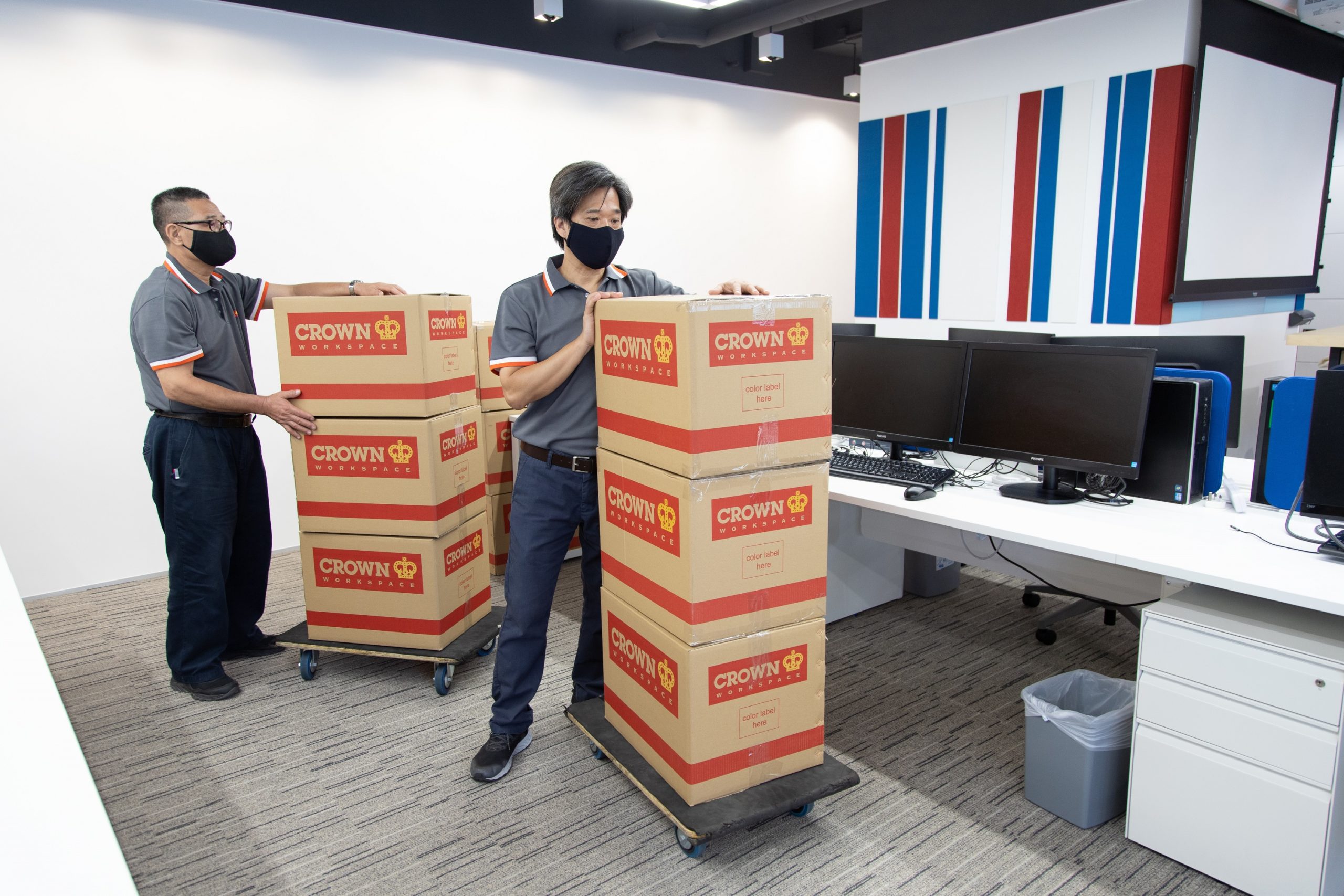How to get the most out of your office relocation budget?
Managing an office relocation project without overspending can be a real challenge. Due to their complexity, a company’s moves can be a nightmare to project manage and even harder to accurately budget for, especially given the hidden costs that can arise out of the blue.
Every stage of relocation can pose problems – even for the most experienced Facility Managers. Despite that, there are great opportunities to cleverly reduce your spend whilst still delivering a high-quality work environment for your colleagues. Here are a few tips you can use to deliver a seamless office move for less.
Budgeting the move
Accurately budgeting an office relocation is really challenging. Without a wealth of experience or knowledge, it can be hard to put together a budget without help. Gaining holistic knowledge of every activity involved in the move provides a firm basis to put together a more accurate budget.
To start, you should ask yourself:
- How many staff are moving?
- What operations need to be maintained during the move?
- What equipment, files and furniture need relocating?
- What will you do with what’s left behind?
- Are there any restrictions that will influence the move programme?
- When does each moving phase need to be completed?
- What will you need to do to clear and reinstate the old office?
- Can you comfortably manage the project yourself?
Addressing these questions will allow you to think through each facet of your project, this serves as the basis for a formal office relocation project plan. A comprehensive plan may be the difference between hitting your budget and wildly overspending.
Move planning
Planning is an essential component of a successful office relocation project. Not only does it enable you to forecast your costs accurately, but it also allows you to consider potential cost-saving activities and minimizes any costly disruptions. The earlier you begin activity planning, the better. You should also seek to involve any office relocation services vendors at the earliest possible stage to ensure your move is delivered on time and within budget.
To construct a comprehensive office relocation project plan, you should:
- List all stakeholders involved – reviewing their needs and conditions of the project will play a pivotal role in the running of the project
- Note the constraints – anything that impacts any phase of your move should be formally noted
- Plan for contingencies – disruptions to a commercial relocation project are inevitable, so noting several options should these arise will be highly beneficial
- Phase activities in your project timeline – phasing allows you to create a ‘buffer’ for overrunning activities, reducing the dependencies on activities to be completed on time
It may be helpful to talk to your relocation services partner about the move management services they provide to support your move management process.
Resell redundant equipment
If you opt for new furniture, there are ways to recover some funds from your redundant furniture leftover whilst avoiding the cost and environmental impact of sending it to landfill. If it’s still in good condition, with some sales and marketing assistance, you can sell it and recover some of your outlay. This can be a time-consuming process which is why many facilities managers avoid reselling redundant IT equipment altogether. However, some integrated services providers can provide the marketing and sales support needed to resell unwanted office furniture and IT equipment without it affecting your relocation timeframes or creating additional workload for you and your team.
Future-proof your office space
Due to the huge costs and aggravation involved, relocating offices tends to be a decision forced by need rather than want. Moves are generally a reflection of the business strategy, be that downsizing to make things more efficient, upsizing to cater for growth, or simply moving location for a competitive advantage.
Future planning or an office fit out will help you save costs in the long-run, so it may be useful to fit your office with a 5-10% increase in size in mind. This will prevent you from undertaking one-off projects that could cost more, a few months or years down the road.
Reduce waste
The costs of sending equipment to landfill are continually rising, providing a stick rather than a carrot for companies to go green and reduce their wastage – but when relocation projects create so much waste, the most affordable option is to reduce that waste and minimize disposal costs, ensuring that items that cannot be reused are recycled wherever possible.
Planning your project in advance and seeking outside assistance at the earliest stages will get you on the right track to deliver a cost-effective relocation project with no compromises on delivery. With a plan in place from the beginning, you can start to explore ways to reduce waste and complete the project within budget.
If you’re in the process of budgeting your office relocation project – or are looking for ways to reduce your spend – get in touch with one of our relocation specialists today.
Related stories
In 2020, with soaring COVID rates, we had to work from home. Our new workstation became that barely used desk in the bedroom, the dining table, or even the garden occasionally. It was us and our laptops against the world. Now, in 2024, we’re all likely to be back in the office a few times […]
Office attendance rates are rising, and are expected to throughout 2024. In fact, the return to office has been ongoing for quite some time; in March 2023, only 13% of job postings on LinkedIn offered remote working opportunities, and 87% of international organizations now encourage office attendance at least some of the working week. But […]
Cost of office reinstatement can vary depending on several factors. Discover the potential hidden costs to avoid unexpected expenses with us.

























